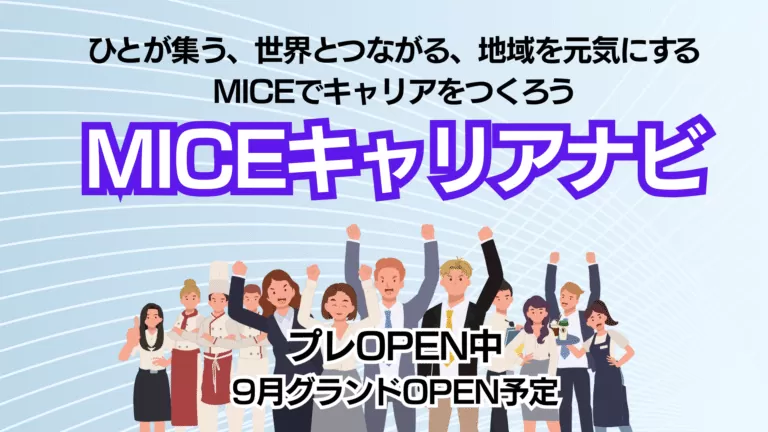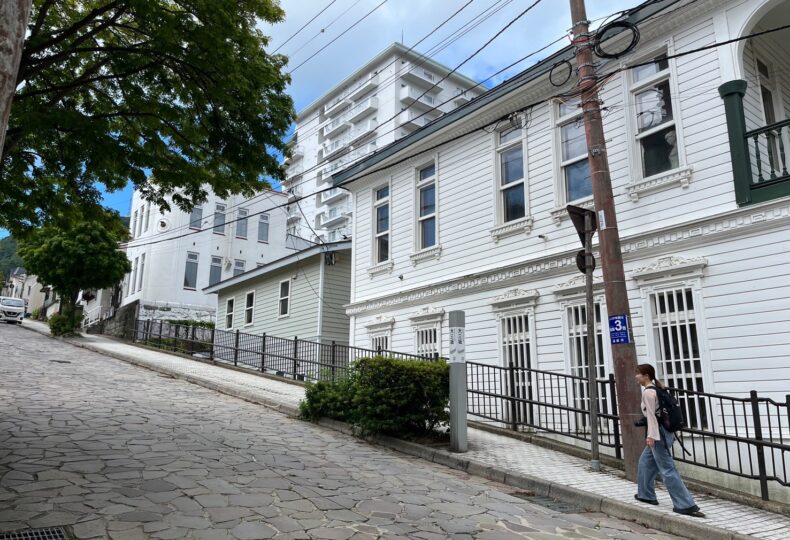
[On-Site Report] Hakodate, Hokkaido Is One of Japan’s Top Cities for Workations: An In-Depth, Hands-On Look at Workation and Coworking Options
Hakodate, one of Hokkaido’s premier travel destinations, is also well suited to business travel and events such as MICE and workations. Our editorial team carried out an on-site workation and, from that perspective, reports on Hakodate’s appeal and practical information.
All photos in this article were taken by our editorial team.
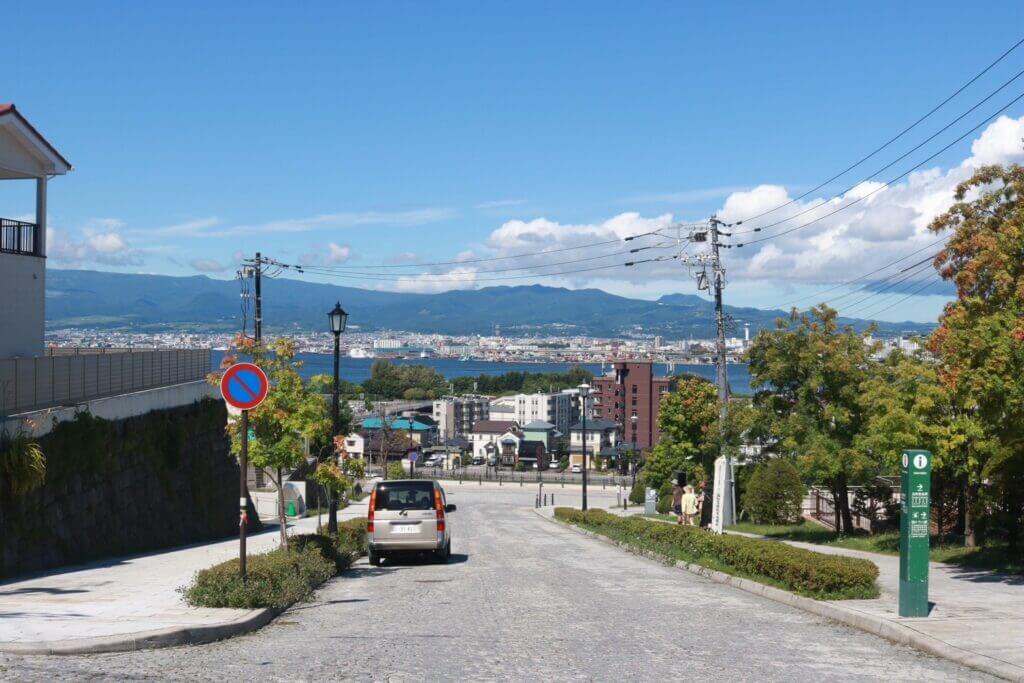
160 Years Since Opening to the World: Hokkaido’s Southern Gateway with Historic Depth
Hakodate, in southern Hokkaido, is the island’s third-most populous city after Sapporo and Asahikawa. Even in August, the average high is around 25°C, making summers very comfortable; winters bring comparatively little snowfall by Hokkaido standards. While the city spans a broad 677 square kilometers, the area most people picture as “Hakodate” is the historic core—compact enough to enjoy a productive workation without a car, centered on the city tram network.
As one of Japan’s first treaty ports, Hakodate has long been open to the world, absorbing diverse foreign influences while building its fisheries and shipbuilding industries into mainstays of the local economy.
Today, the city leverages abundant tourism assets—streetscapes rich in history and international flavor, nature that changes character with the seasons, and cuisine nurtured by the sea and refreshing climate—to welcome over 5 million visitors annually as an international tourist destination.
Transport links are excellent: the Hokkaido Shinkansen connects Hakodate with major cities across eastern Japan; numerous air routes link it with Tokyo, Osaka, Nagoya, and Taipei; ferries connect to Honshu; and cruise ships call at its port. (Source: Hakodate City website)
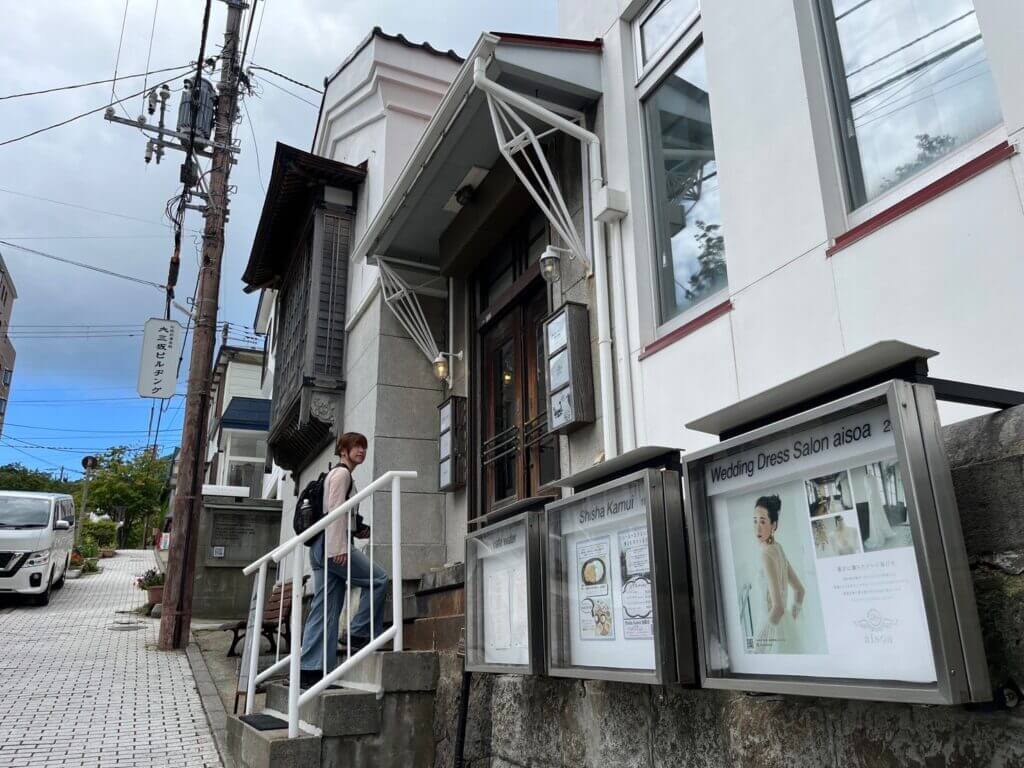
Population Has Declined, But the Appeal Hasn’t Faded
Historically, Hakodate was Hokkaido’s largest city and among Japan’s biggest (9th nationwide in 1930). Since 1980, however, the population has fallen to just under 240,000, and several department stores that once anchored the center have closed—changes that may feel bittersweet to those who remember the city at its most bustling.
Even so, interest in Hakodate’s appeal as a tourism city has only grown, with inbound visitors—especially from elsewhere in Asia—surging in summer. New commercial and lodging facilities continue to open, and distinctive cafés and shops abound. Long-loved local institutions such as Lucky Pierrot (ラッキーピエロ) and Hasegawa Store (ハセガワストア) also remain prominent. It’s precisely because so many residents care deeply for their city that Hakodate’s charm endures.
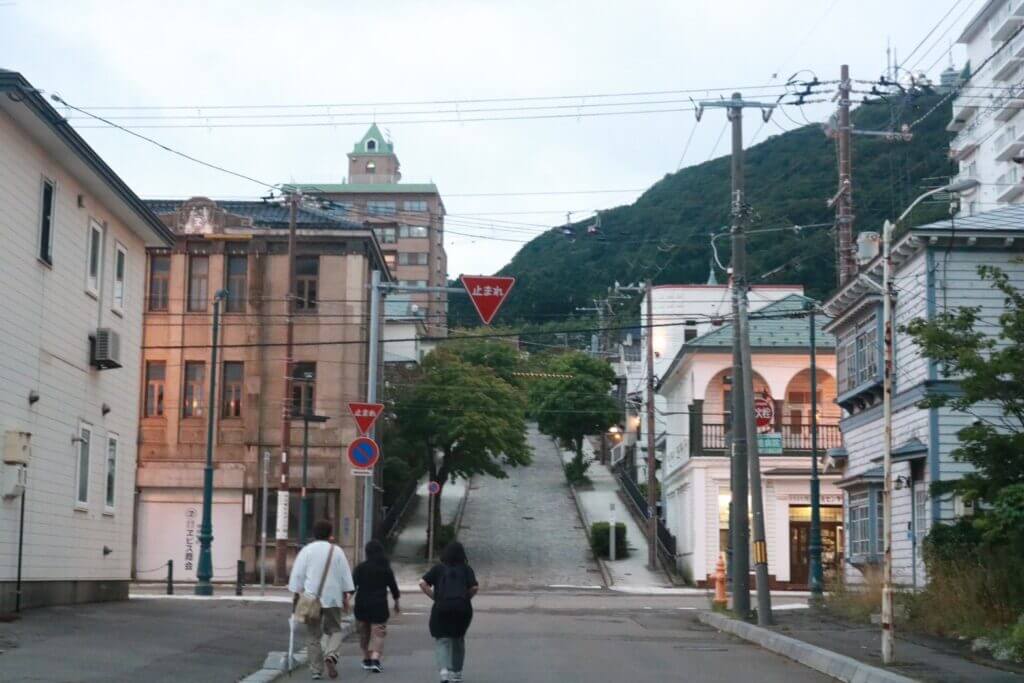
Scenery You’ll Find Nowhere Else—A Creative Spark for Workations
In 1859, the Tokugawa shogunate opened Hakodate (then “Hakodate”/“Hakodate Port”) to foreign trade alongside Yokohama and Nagasaki, setting the stage for today’s evocative townscape. Its unusually broad, straight slopes and gridlike streets emerged through repeated cycles of reconstruction after major fires.
From the Hakodate Orthodox Church (Hakodate Russian Orthodox Church) and the Former Hakodate Ward Public Hall to the Former British Consulate, Western-style landmarks mingle with hybrid “Japanese downstairs/Western upstairs” architecture and red-brick waterfront warehouses—enough to thrill architecture lovers simply by walking. I’ve traveled widely for both work and leisure across Japan, yet few places feel quite like Hakodate.
For those stepping away from the usual office to work, Hakodate’s memorable streetscapes and views can be a real source of inspiration.
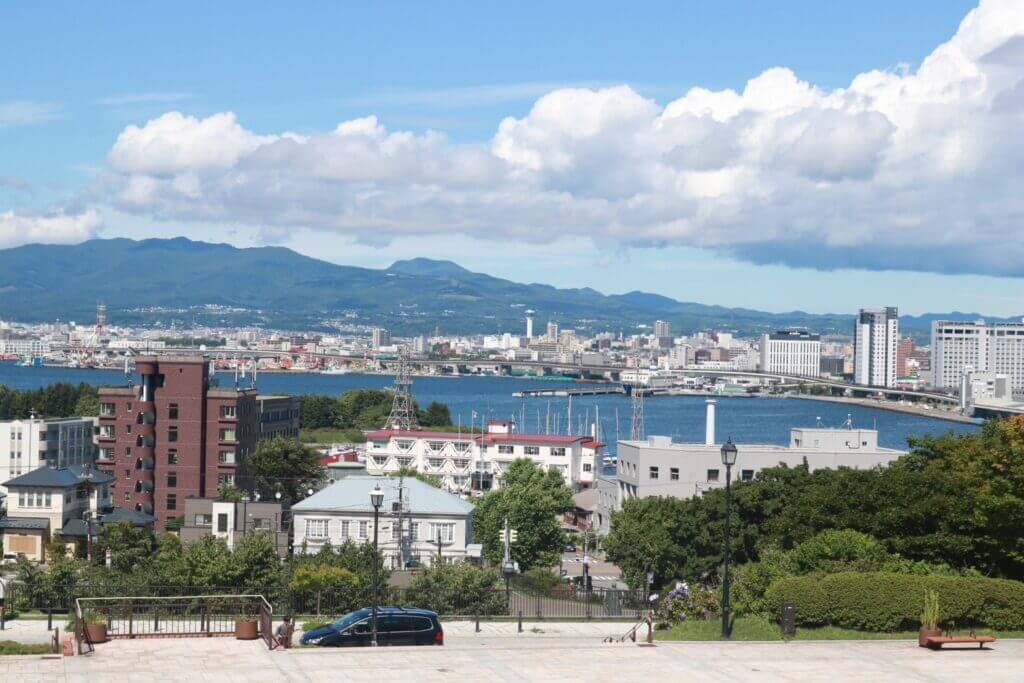
Stays, Workspaces, Transport, and Dining: Everything You Need in a Compact Area
What is Hakodate like as a workation base in practice? Below, we break it down by element, drawing on a one-week workation we conducted in summer 2024.
Workspaces
In short, Hakodate offers multiple easy-to-use coworking spaces, cafés suitable for short stints of work, and facilities geared to training camps and retreats—covering a wide range of workation needs. Finding such spaces on the road often proves harder than expected, but not in Hakodate. Even at coworking spaces, we never struggled to find a seat.
Where to Stay
As a tourism city, Hakodate has many hotels. About 15 minutes by taxi from the center is Yunokawa Onsen, used by roughly 30% of overnight visitors. Hotels cluster mainly around Hakodate Station and the Goryokaku area, providing ample choice. During peak tourist seasons, however, long-stay bookings can be harder to secure, so early reservations are advisable.
Business hotels can be found from around JPY 5,000 per night even in summer 2024, keeping budgets in check despite Hakodate’s popularity. For workations, there’s no need to be right by JR Hakodate Station; proximity to a City Tram stop is more convenient for getting around. Around the station you’ll find many eateries aimed at visitors, while the Goryokaku area offers more varied options.
On this trip, we stayed seven consecutive nights at a business hotel near the Hakodate-ekimae tram stop; even during festival season and the summer rush, the average nightly rate was about JPY 7,000 per room.
For first-time or short stays, the station area is ideal for sightseeing and food (including the Morning Market). For mid- to long-term stays, consider Goryokaku for liveability. Yunokawa Onsen is also an appealing option for its hot springs. Depending on your purpose and length of stay, switching bases mid-trip can be a smart move.
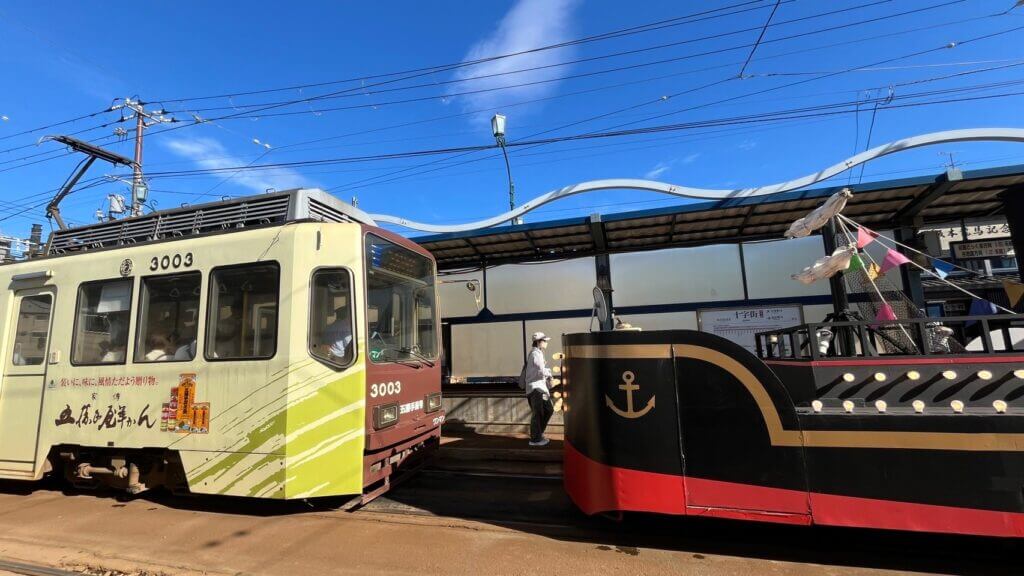
Transport and Getting Around
City Tram: The Hakodate City Tram is the backbone for central travel, reaching key points around town. Jujigai is the transfer hub and a natural starting point for sightseeing; the Bay Area and the Western District are just a few minutes’ walk from here. You can ride directly to Hakodate Station, City Hall, Goryokaku, and Yunokawa Onsen without transfers. It can get a bit crowded in peak season, but services are frequent and the passing views make the ride anything but dull—you really feel the convenience of a streetcar city. Major IC transit cards are accepted, and a 1-day pass costs JPY 600.
If you plan to move between key workspaces and hotels, staying near a tram stop proves especially convenient.
Buses: For areas the tram doesn’t cover, buses are a convenient option. Most routes are operated by Hakodate Bus and are heavily used by locals. Lines extend to the suburbs and outlying districts, so riding them can feel like a mini bus trip.
Taxis: Taxis are stationed at Hakodate Airport and JR Hakodate Station, and you’ll also see cruising cabs in the city center. During peak tourist seasons, it’s wise to book in advance. Since airport buses can be crowded, a taxi may sometimes be the more convenient choice.
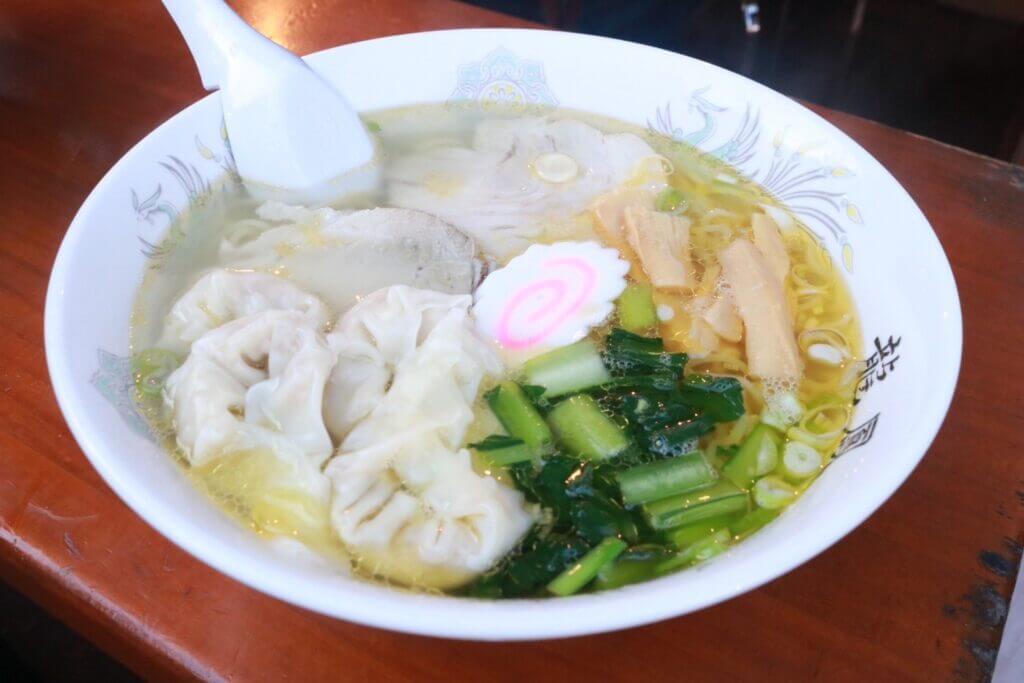

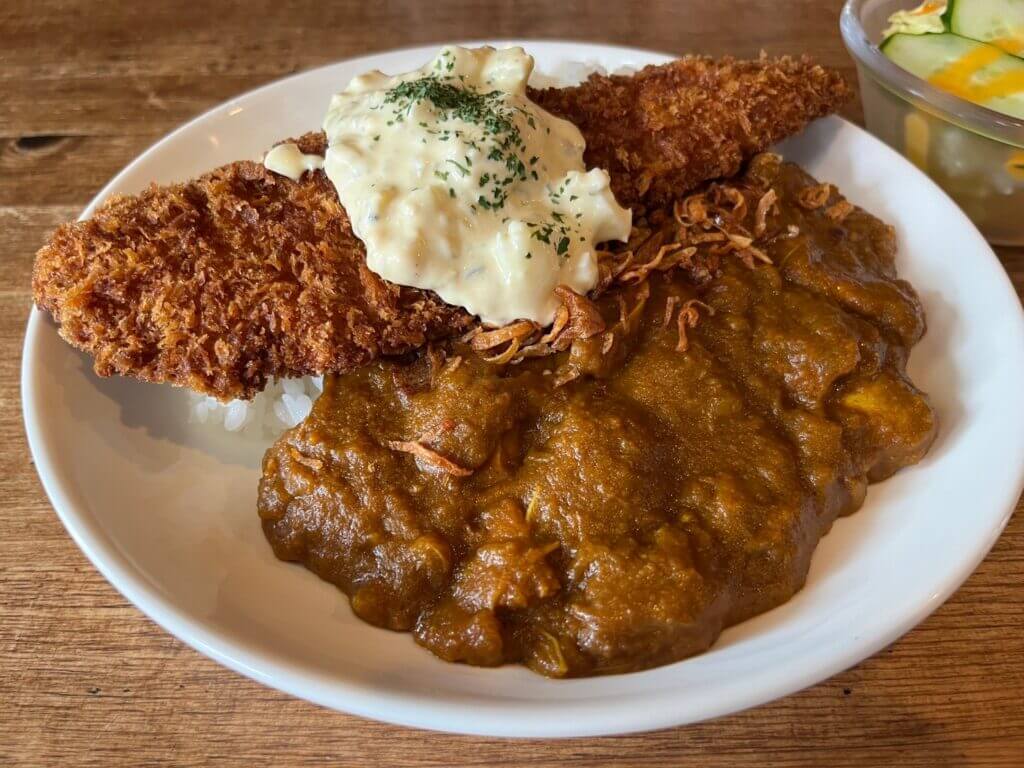
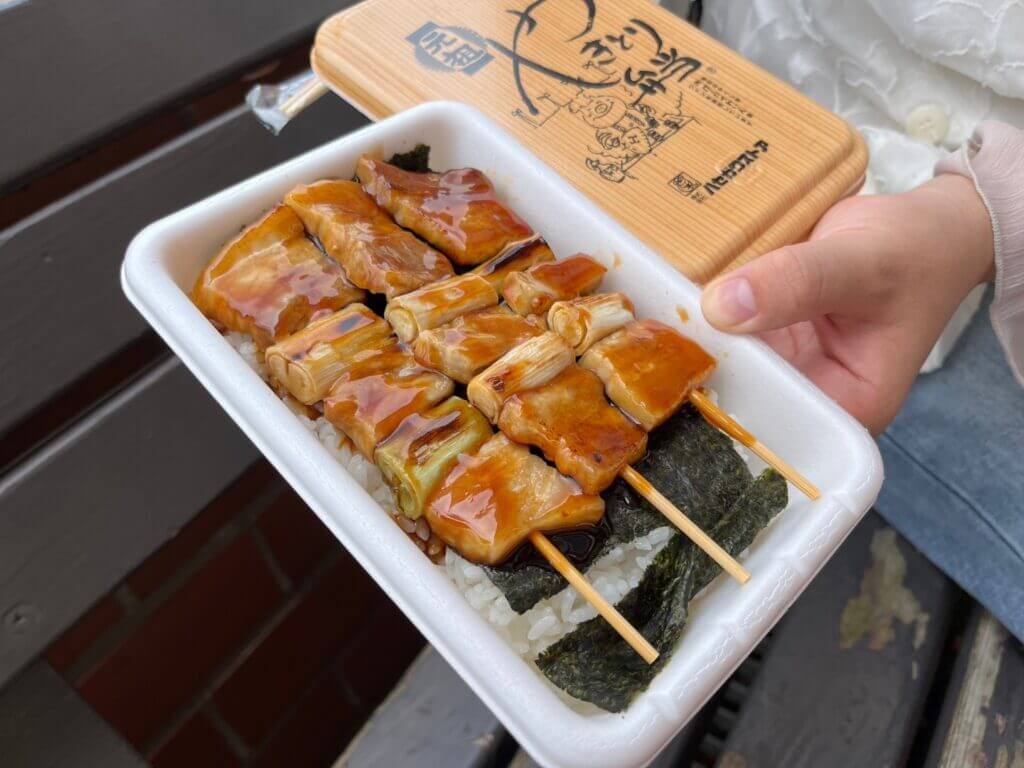
Dining and Shopping
Dining
As a major tourist city, Hakodate has no shortage of places to eat, even in peak season. Popular spots like the Morning Market and Lucky Pierrot can draw lines, but that’s limited to parts of the tourist area. Even at Lucky Pierrot, suburban branches usually have no wait, and you can enjoy fresh seafood well beyond the Morning Market alone. If you’re here on a workation, it’s worth seeking out places favored by locals.
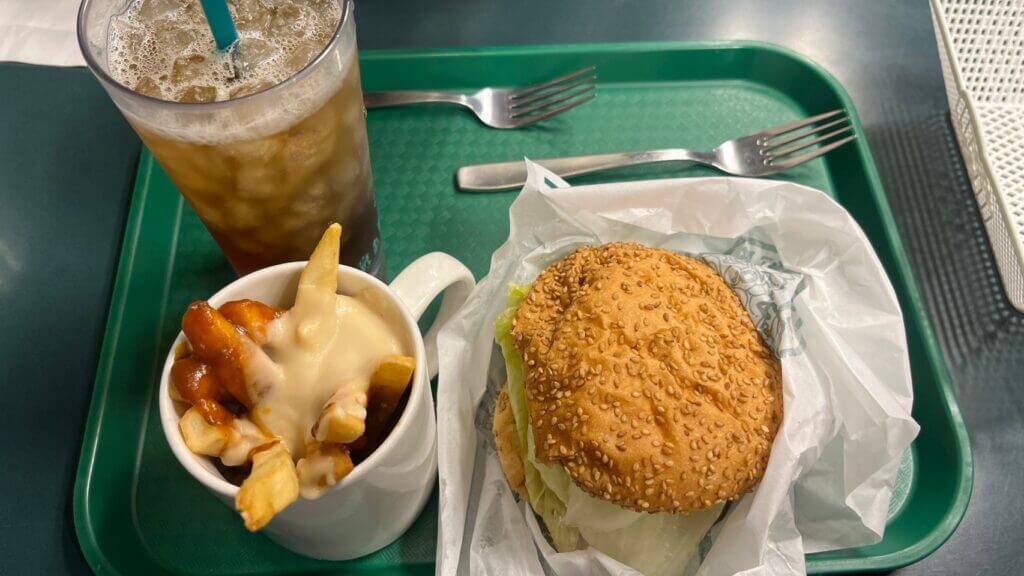
You can fully enjoy Hokkaido-style fare such as ramen, seafood and sushi, and jingisukan (grilled mutton). Around Hakodate Station, “Hakodate specialties” like seafood bowls and seafood izakaya are common, while the Goryokaku area offers more variety by genre. Cafés and sweets shops are excellent across districts. Overall, dining quality is high, with many delicious and reasonably priced options. On this stay we also had Italian, yakitori, and curry—all excellent. If food is a priority, Hakodate delivers year-round. National chain outlets are relatively scarce in the city center.
Shopping
Convenience stores are plentiful, including Hokkaido’s own Seicomart alongside the three major national chains. In the Goryokaku area, the city’s only department store, Marui Imai, anchors a lively district. Supermarkets, drugstores, and coin laundries are also easy to find.
Sightseeing and Leisure
While Hakodate’s marquee sights—its Michelin three-star night view, Motomachi and the Bay Area, Goryokaku, the Morning Market, and Yunokawa Onsen—are more than enough, a workation is a chance to try something a little different. Here are a few refreshers we tried:
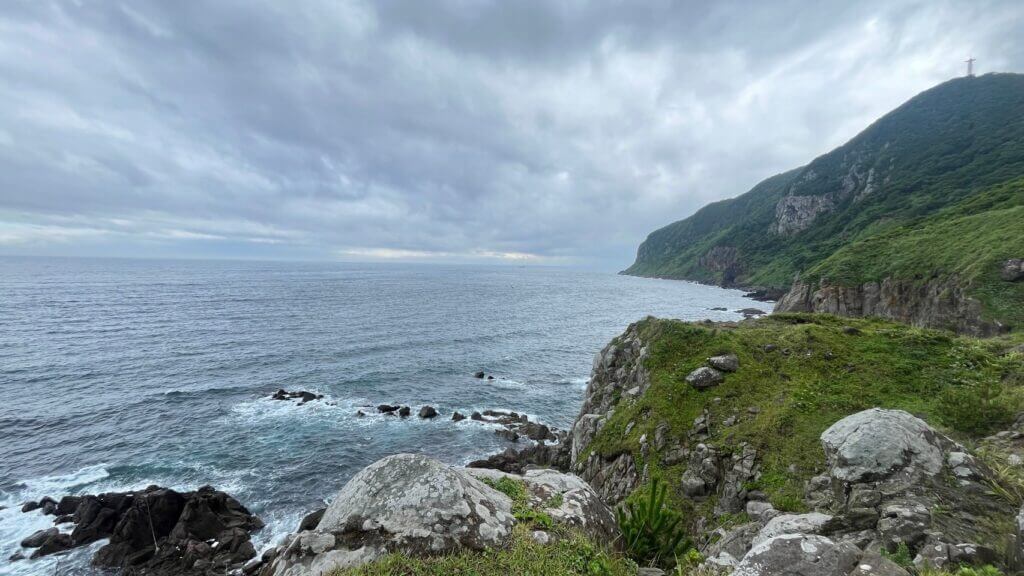
Walking to Cape Tachimachi: From the Yachigashira tram stop, it’s about a 20-minute stroll through characterful neighborhoods and over a slope to sweeping panoramic views. You can also stop at a seaside café or Yachigashira Onsen. It’s an easy way to reset and feel close to nature. On a calm day, I found myself wanting to work on a bench overlooking the sea.
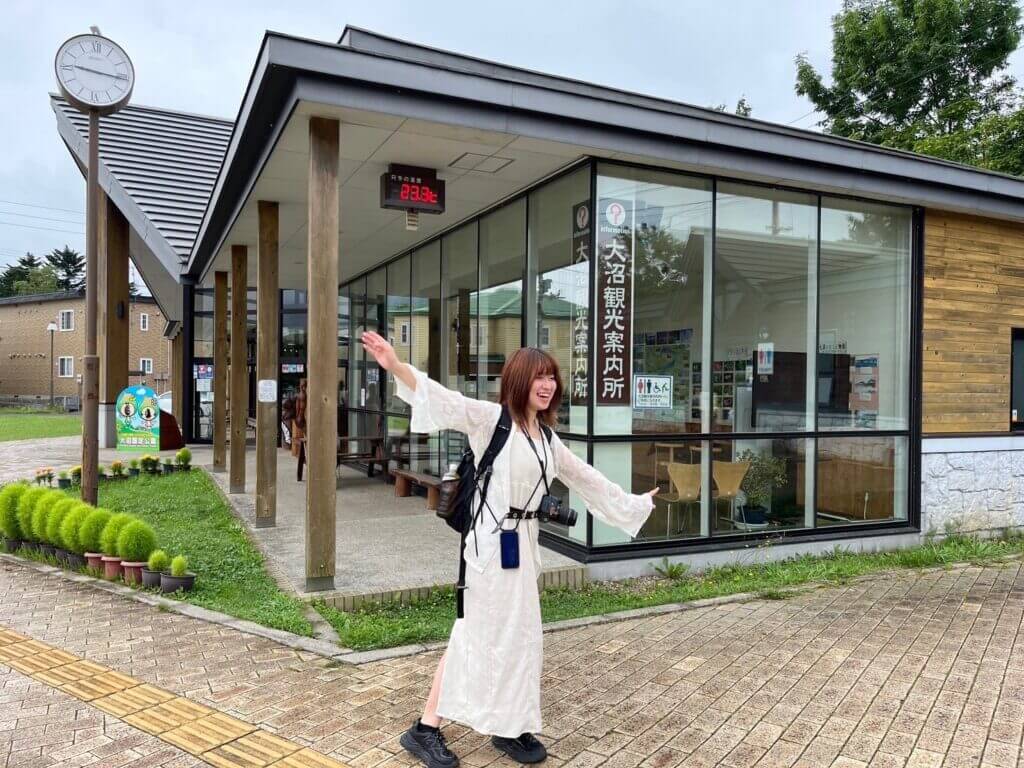
Workation at Onuma Quasi-National Park: Less than an hour by JR from Hakodate. In August, daytime temperatures in Onuma (Nanae Town) were only about 23°C. From the station, walk about 30 minutes to the International Seminar House coworking space, then take a pleasure cruise or try dishes like fried atka mackerel curry—an ideal day-trip workation beyond Hakodate. For someone from Kyoto, the no-air-conditioning comfort felt like heaven.
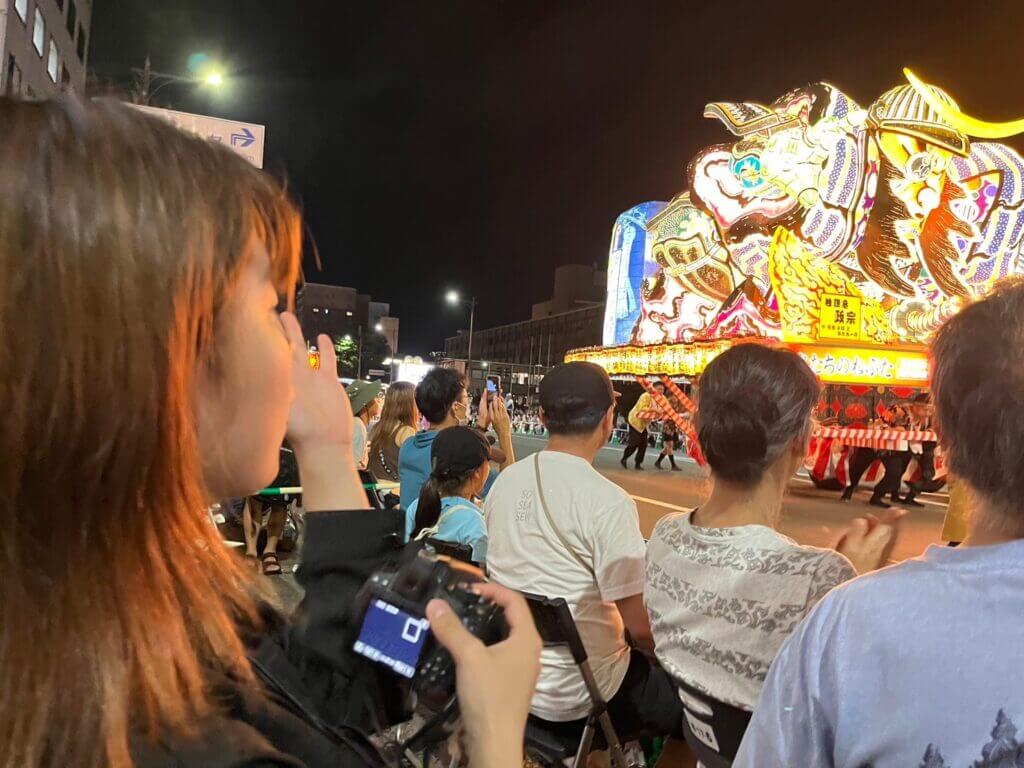
Savoring Tohoku’s summer at the Aomori Nebuta Festival: With a midweek day off built into the workation, we made a day trip via the Tsugaru Kaikyo Ferry. Hotels in Aomori were fully booked, but basing in Hakodate made the excursion doable. Using your workation base as a “camp” lets you range out to events and places that are normally hard to reach.
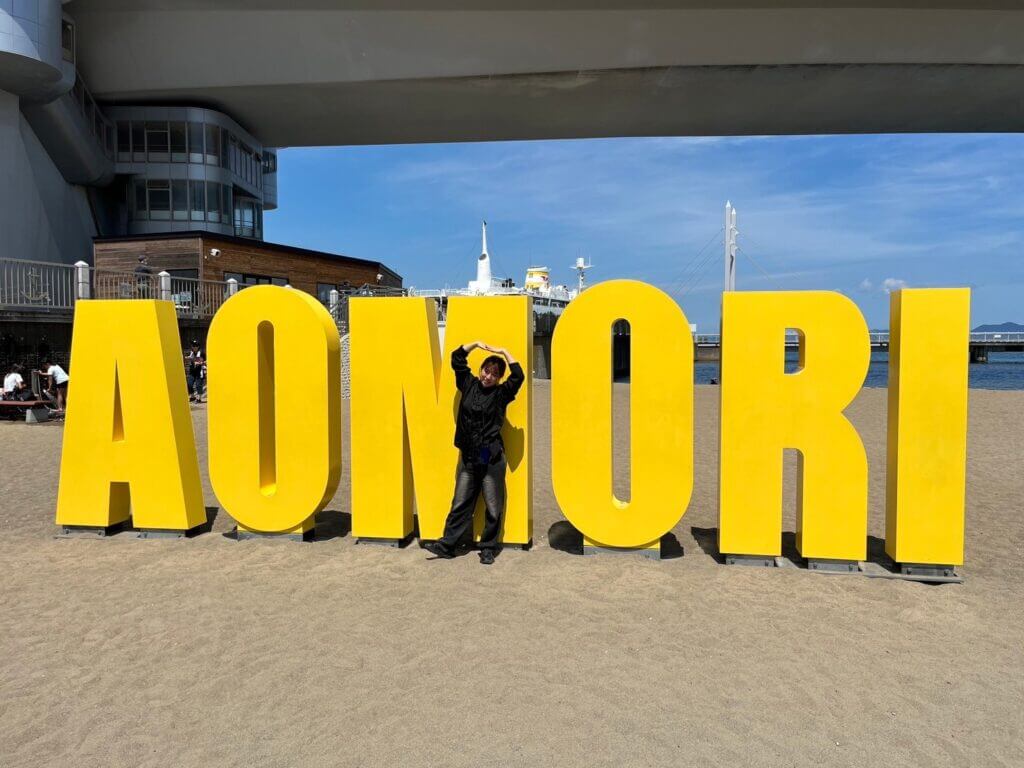
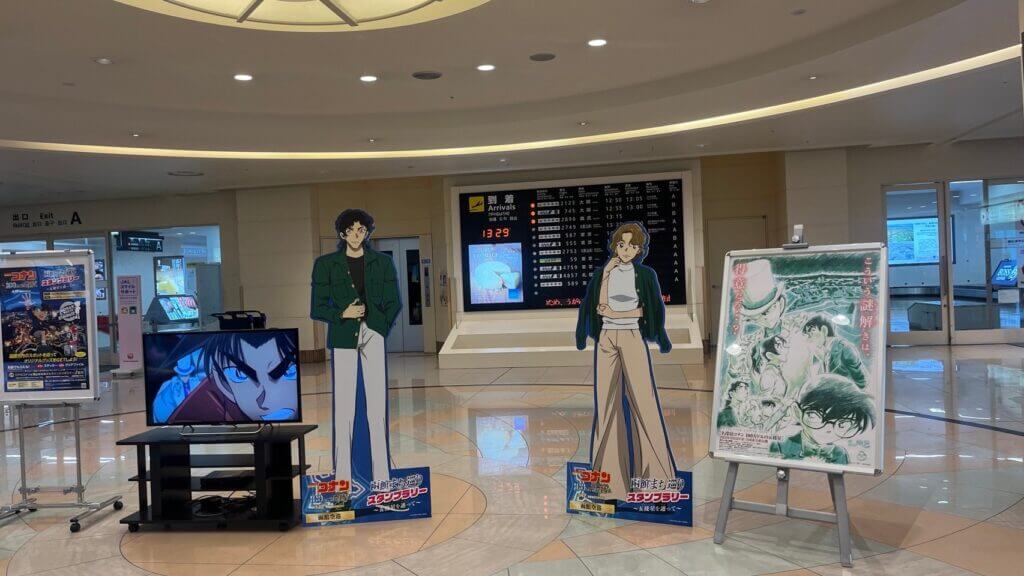
Hakodate often appears as a setting in film, anime, and literature—perfect for fans planning a location pilgrimage.
Coworking and Workspace Landscape: Hands-On Reports from Seven Locations
Here are the coworking spaces we actually used. Additional workspace listings are also available on the Hakodate Workation website.
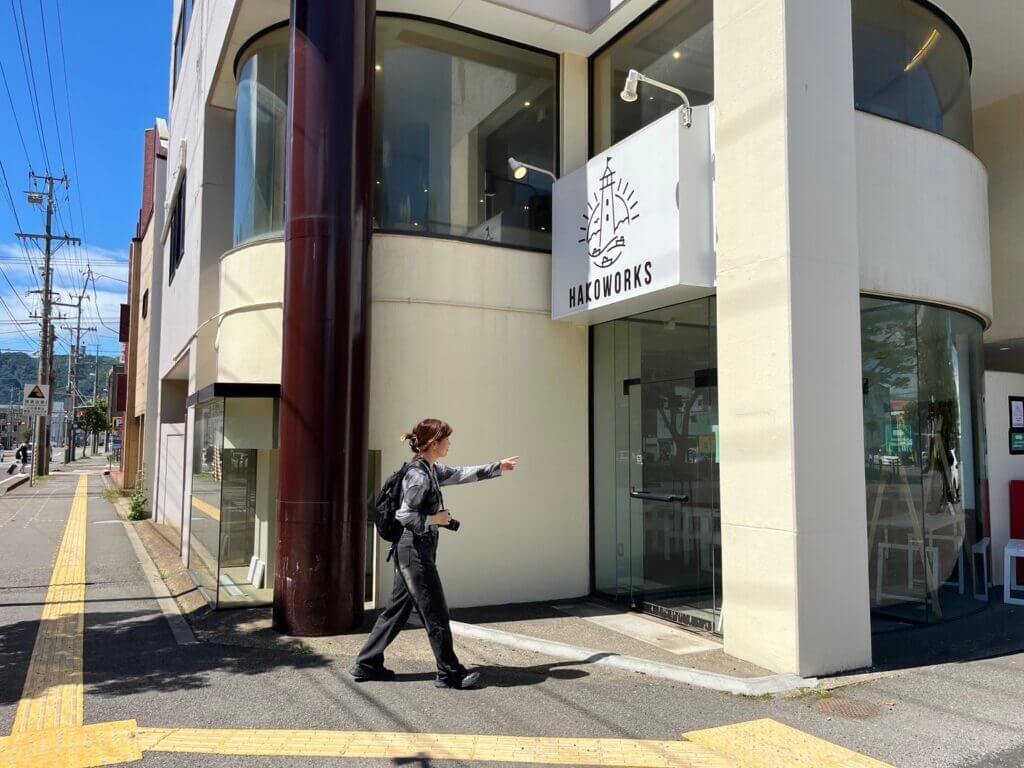
HAKOWORKS
Hours: Open 24 hours
Closed: Irregular
Access/use: Drop-in accepted. Register via app and pay; fees are automatically calculated according to time used.
Rates: JPY 330 (1 hour) / JPY 880 (3 hours) / JPY 1,650 (1-day, up to 12 hours)
Location: About 7 minutes on foot from Hakodate Station; steps from Shiyakusho-mae tram stop.
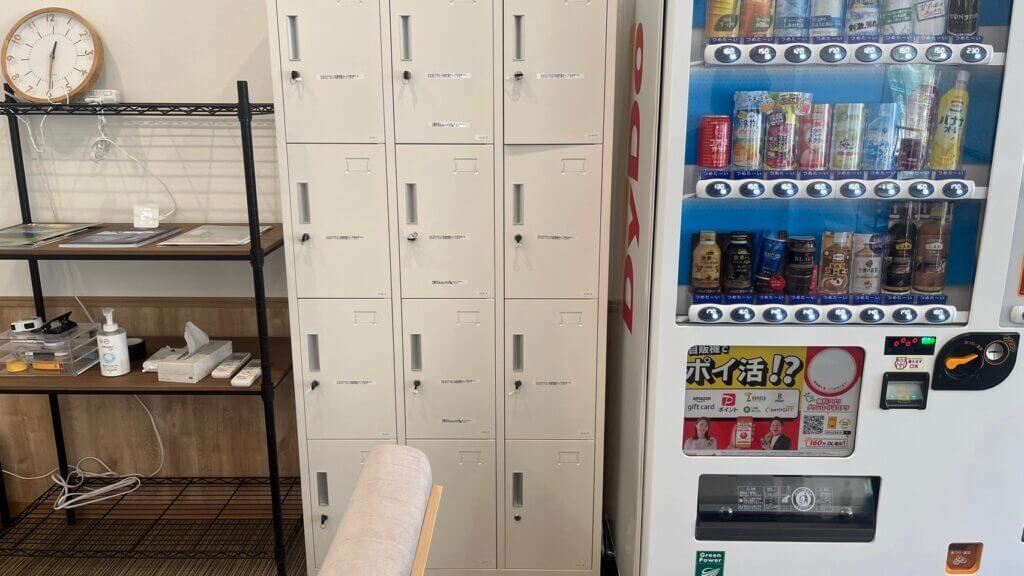
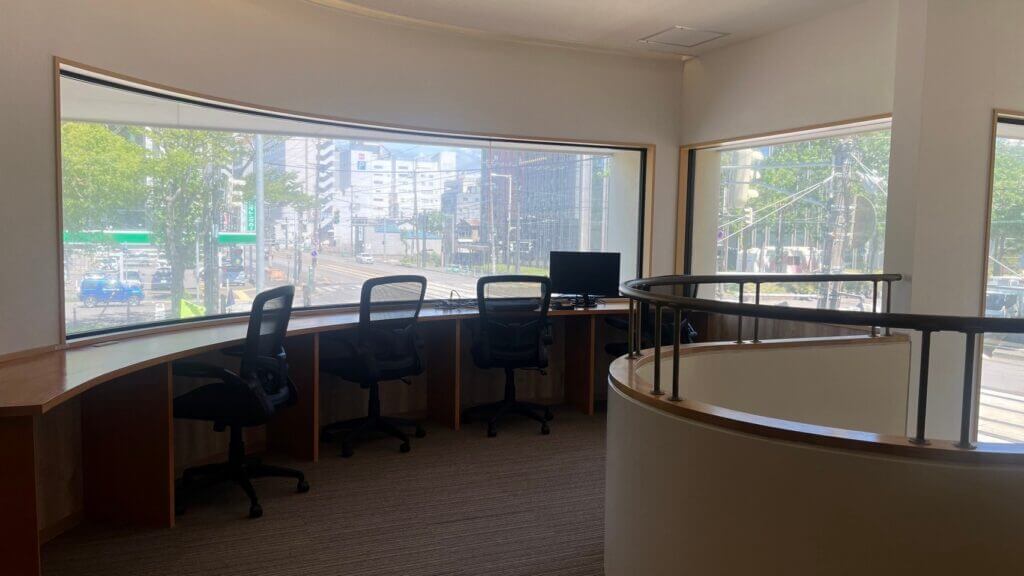
With easy access from the station and plenty of convenience stores and eateries nearby, this 24/7 space is highly practical. Online meetings are allowed as long as you’re considerate of others. Large windows create a bright atmosphere, and the tram-line views add to the ambience. Complimentary lockers are available for temporary exits. The entrance is slightly tucked off the main street but not hard to find. During our visits we saw only two to three users at a time, so seating was never an issue.
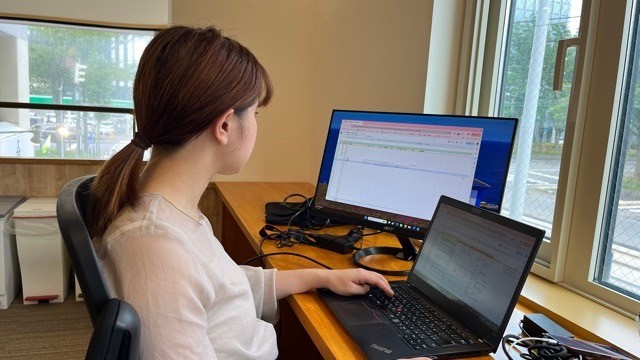
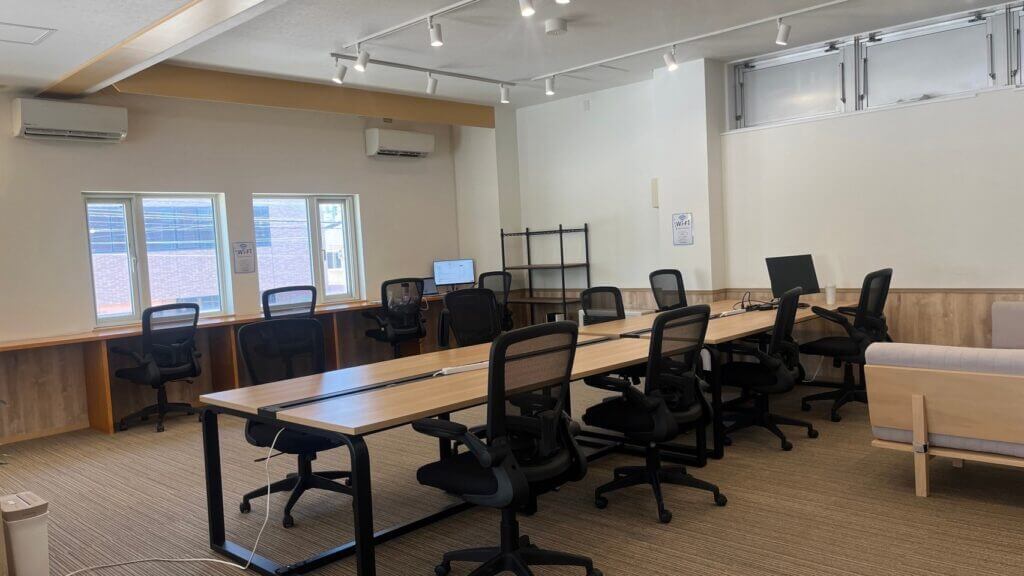
Takeaway: 24-hour availability is genuinely convenient. Proximity to Hakodate Station and tram stops means winter access should be manageable. No reservations needed—ideal for solo workations.
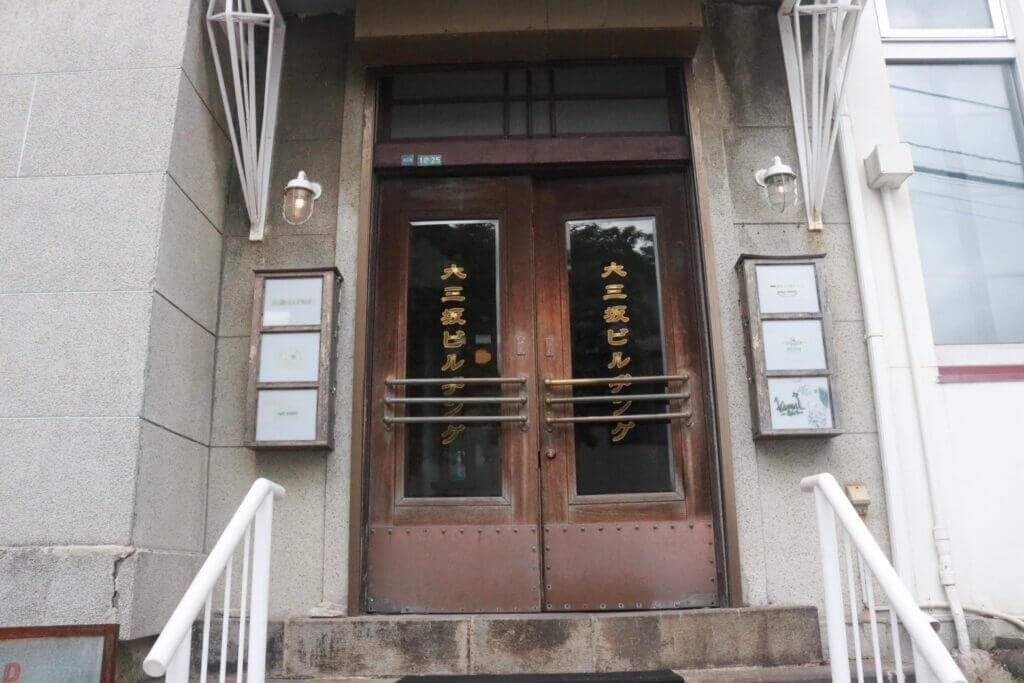
Hakodate Daisanzaka Office
Hours: 10:00 a.m.–6:00 p.m.
Closed: Irregular (reservation recommended)
Access/use: Drop-in.
Rates: JPY 1,000 (up to 3 hours) / JPY 1,800 (1 day)
Location: About 5 minutes on foot from Jujigai tram stop.
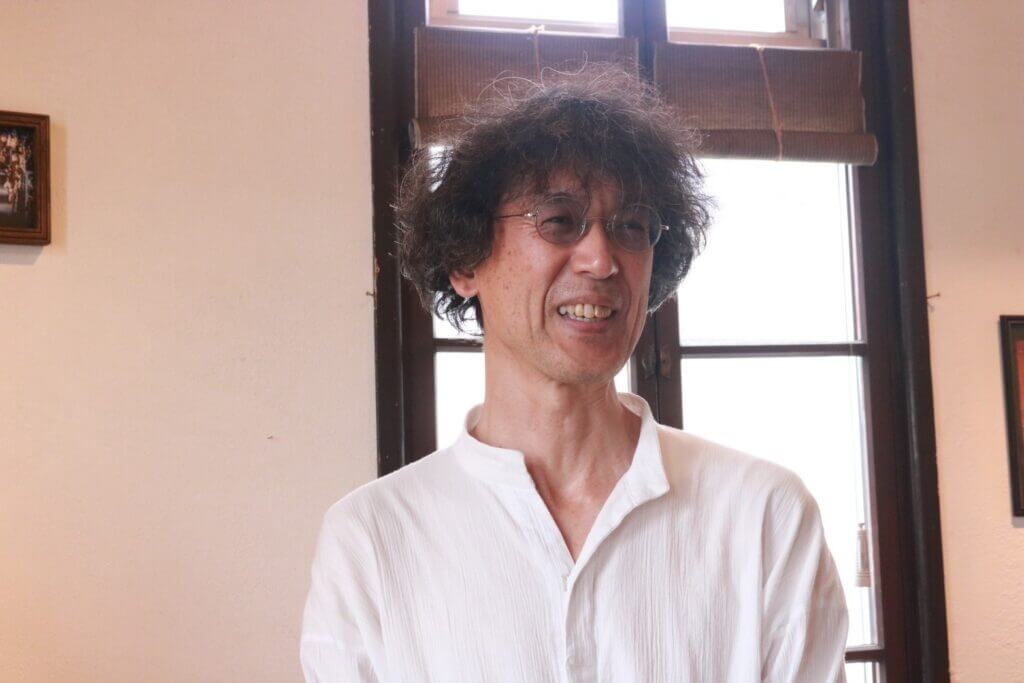
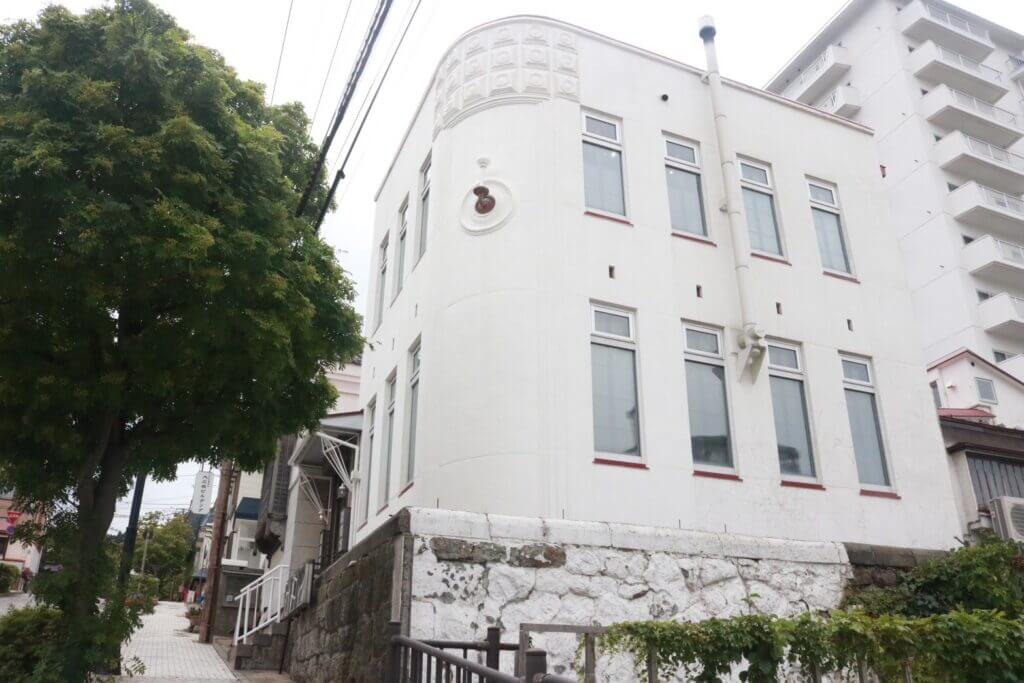
Housed on the 2nd floor of the Daisanzaka Building on the iconic Daisanzaka slope, this coworking space charms with its architecture and interior: high ceilings and gentle natural light create a calming room. It’s also rented out for exhibitions, seminars, and other events. The operator, Mr. Kanaya, is a Hakodate native who splits his time between Tokyo and Hakodate and enjoys engaging with users.
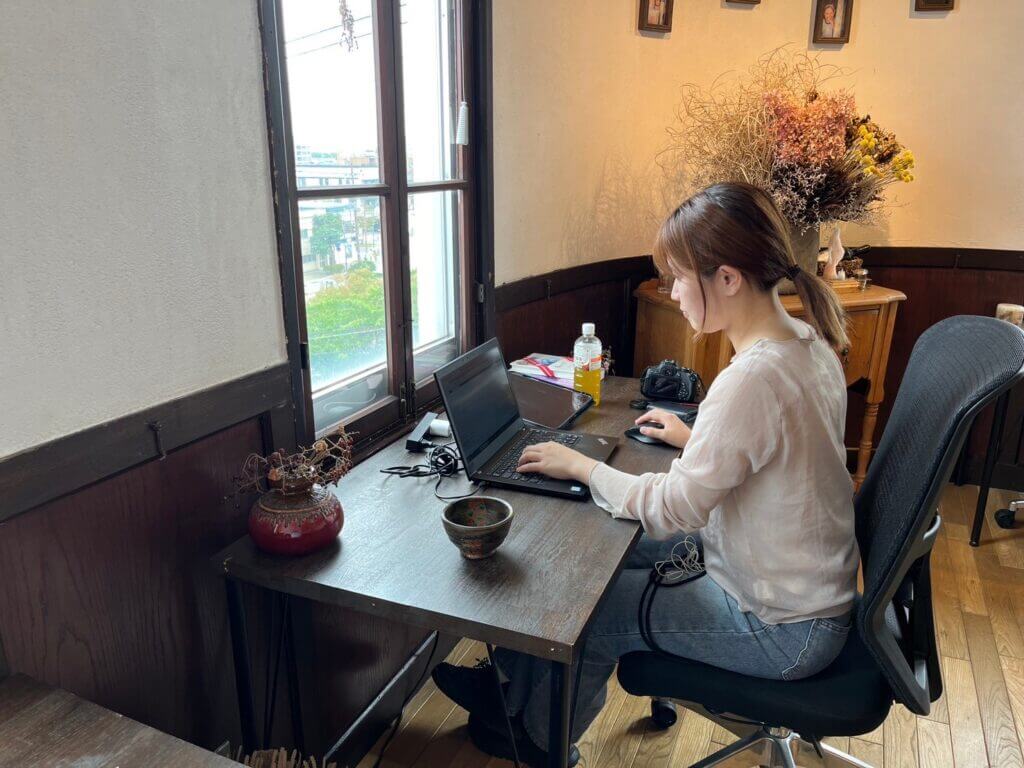
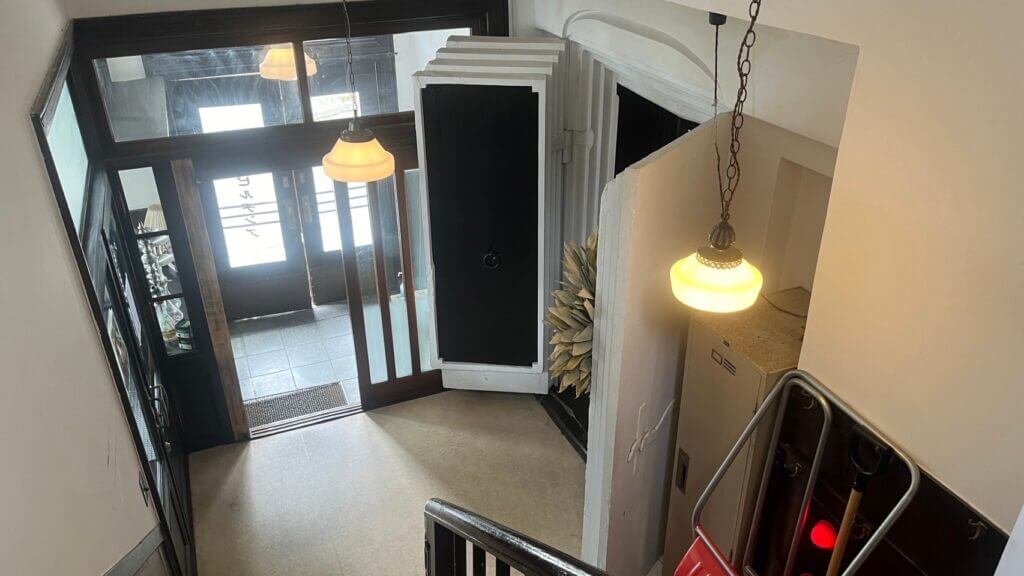
Takeaway: Close to Jujigai, with easy access to Hachimanzaka, the Bay Area, and the Motomachi churches. It’s the kind of place that makes you think, “Ah, I’m really in Hakodate.”
https://www.hakodateoffice.com
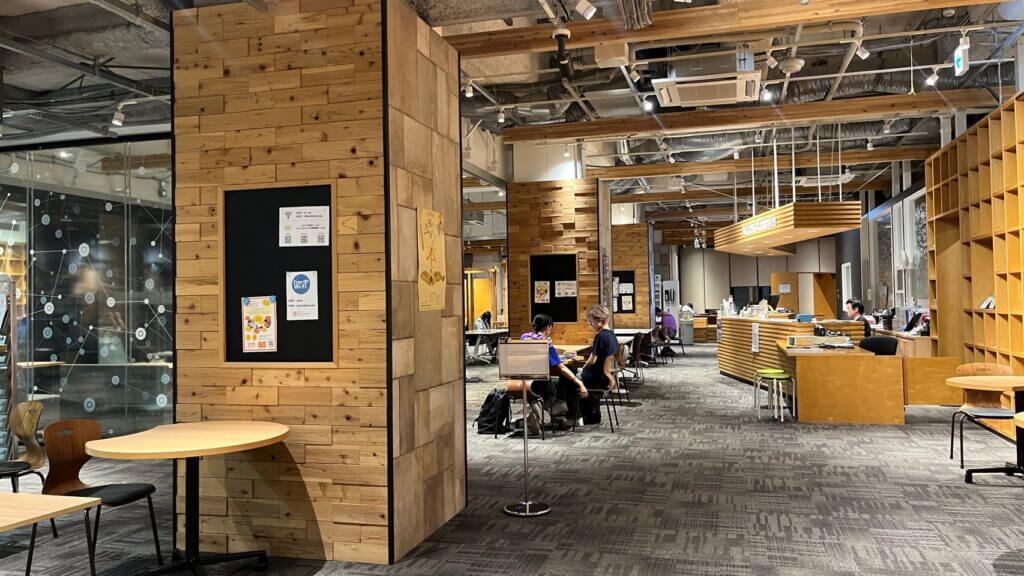
Hakodate Community Plaza G-Square (Free Space)
Hours: 9:30 a.m.–9:30 p.m.
Closed: New Year’s Day
Access/use: Free open seating; fee-based rooms available (e.g., multipurpose hall)
Location: About 3 minutes on foot from Goryokaku-koen-mae tram stop.
Located inside the Siesta Hakodate complex in the Goryokaku area, this is a civic exchange hub. The vibe differs a bit from a typical coworking space: students study here and it functions as a community space for young people. In addition to the free open area, there are several rooms you can book for specific purposes. Eating/drinking at your seat and online meetings are permitted.
Takeaway: Useful as a base in the Goryokaku area. Because many young users frequent the space, seats may be scarce at times; if you need a guaranteed setup, reserve one of the paid rooms. Being in the heart of the entertainment district, shopping and dining are convenient.
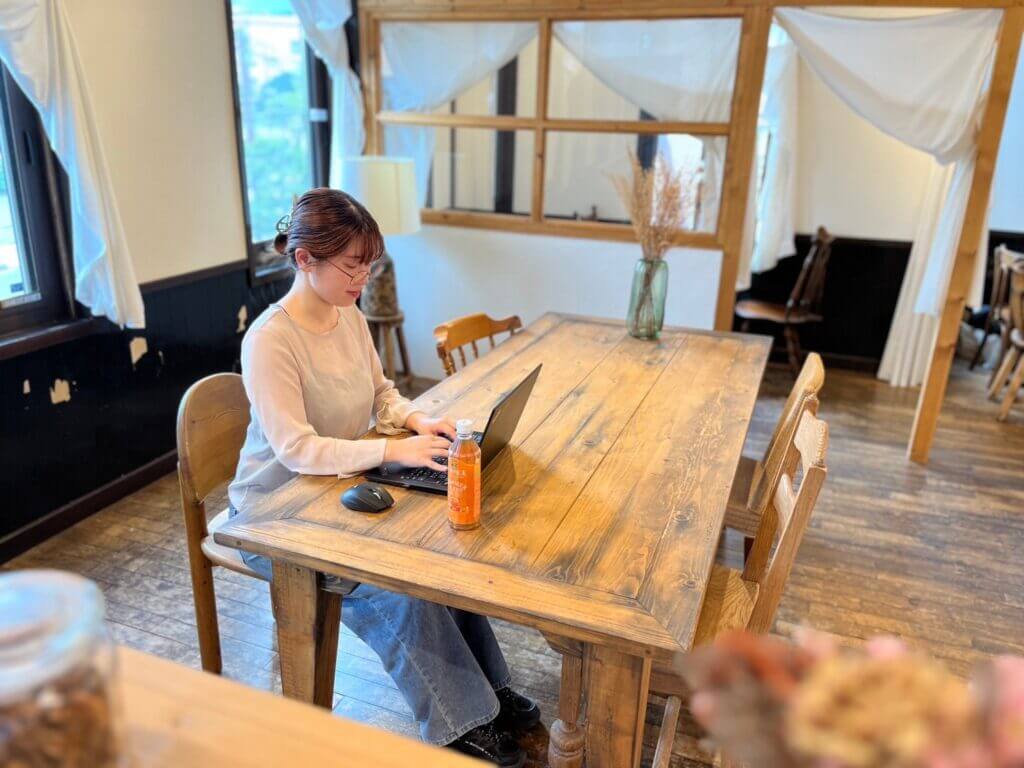
Costa
Hours: 10:00 a.m.–6:00 p.m.
Closed: Year-end/New Year holidays
Rates:
- Main Space: JPY 1,000/hour (extension JPY 500/30 min), JPY 5,800/day (exclusive use)
- Second Space: JPY 1,000/hour (extension JPY 500/30 min), JPY 5,800/day (exclusive use)
- Private Room: JPY 350/hour (extension JPY 200/30 min), JPY 2,000/day (exclusive use)
Location: About 5 minutes on foot from Jujigai tram stop.
Five rooms are available to suit different uses—meetings, events, seminars, photo shoots, and more. The exterior is charming and the interiors are tastefully done, likely to appeal to many women. The Main Space features a large table and ample natural light, helping meetings and events flow. Close to the Bay Area, it’s a coworking venue that feels very “port-town Hakodate.”
Takeaway: With options like a space equipped with a treatment bed and another with a large L-shaped counter, Costa invites creative uses beyond desk work. Reserve in advance; you’ll receive entry instructions beforehand and let yourself in.
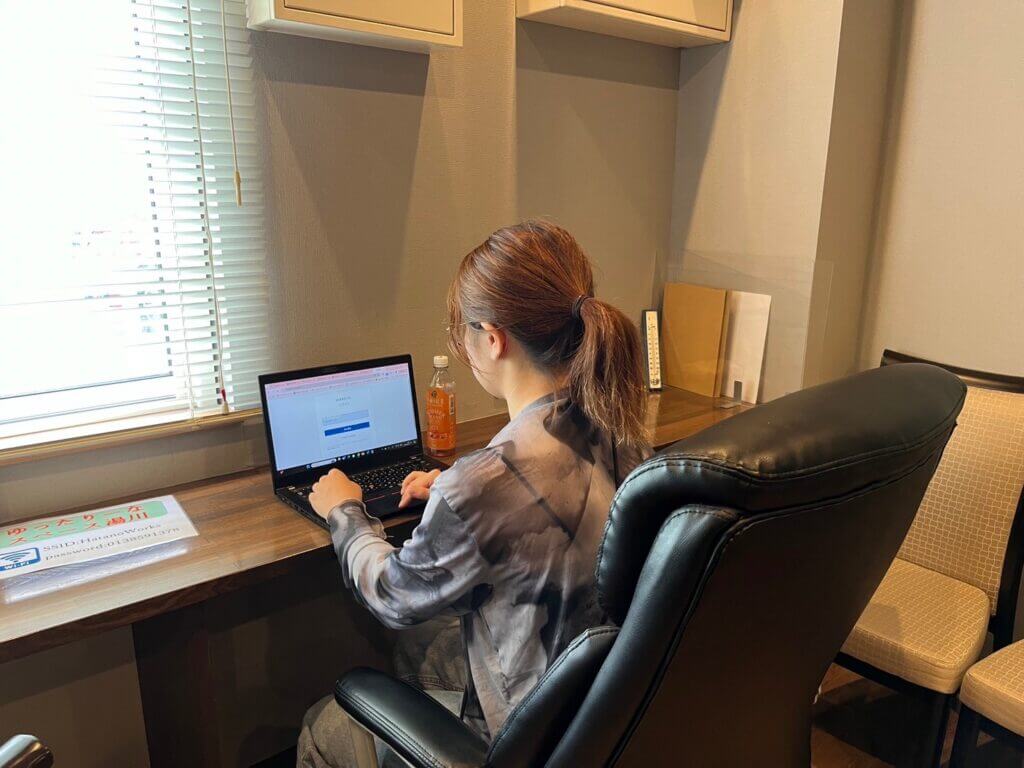

ii Office Hakodate by Yuttariina Space Yukawa
This space is located behind the front retail area.
Plenty of seating—around 40 seats.
Hours: 7:00 a.m.–7:00 p.m.
Closed: Sunday (evening or closed-day buyouts may be possible)
Access/use: Drop-in available.
Rates: JPY 330/hour; day use capped at JPY 1,960
Location: About 11 minutes on foot from Yunokawa tram stop; right by the Hakodate Bus stop for the Tropical Botanical Garden.
A coworking space in the Yunokawa Onsen area. From around Hakodate Station, buses are the easiest way to reach it. Set deep inside a general-services shop, it opens into a generous 40-seat workspace. You can pick up drinks and snacks at the adjacent shop. Window-counter seats are prime for focusing. Being near the hot-spring district, there are many restaurants; the sea is a short walk away for a refreshing break in the ocean breeze.
Takeaway: Perfect for a workation that also enjoys the Yunokawa Onsen area. We grabbed excellent ramen nearby; with Hakodate Racecourse close at hand, basing yourself here during summer racing season could make for a uniquely Hakodate stay.
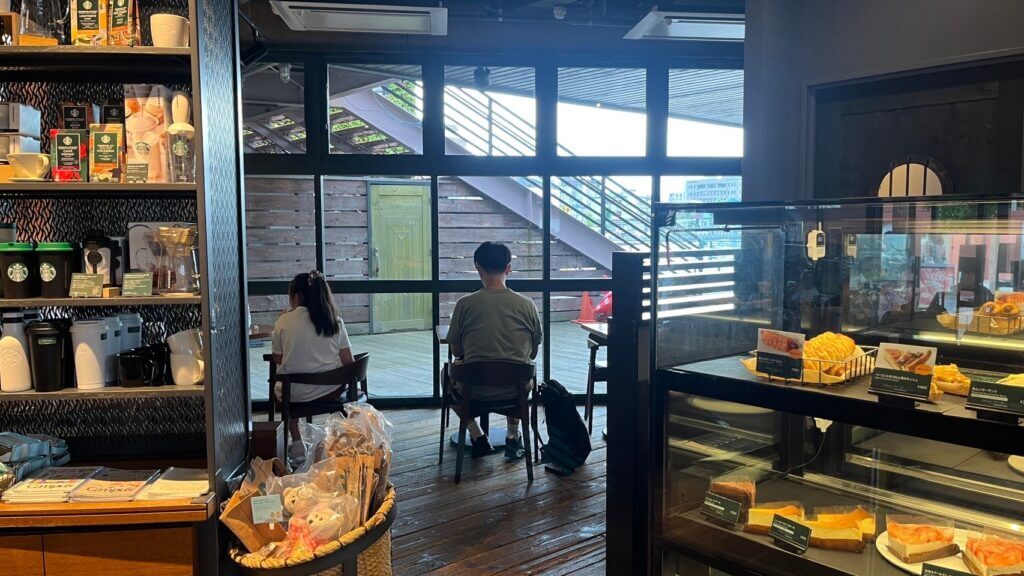
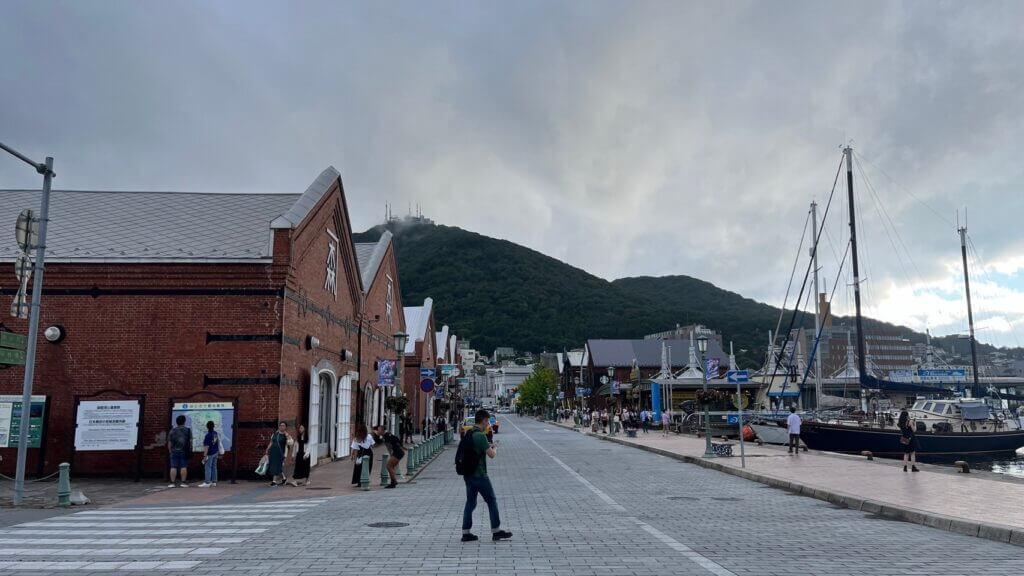
Starbucks Coffee Hakodate Bayside
The Starbucks is on the right.
Hours: 7:00 a.m.–10:00 p.m.
Closed: Open daily
Note: This is a regular café used by the public. Please be mindful of security, avoid overstaying, and be considerate of other guests if you work here.
Location: About 7 minutes on foot from Jujigai tram stop.
It’s not a coworking space, but it’s a favorite spot in the Bay Area popular with visitors. There are over 100 seats, though it can fill up. The second floor offers views of Hakodate Port and Mt. Hakodate—highly recommended. Rather than focusing on table size, outlets, or Wi-Fi, this is the place to relax with good coffee while reading or thinking. The night view is lovely, and with fewer tourists in the evening, after sunset is a sweet spot to visit.
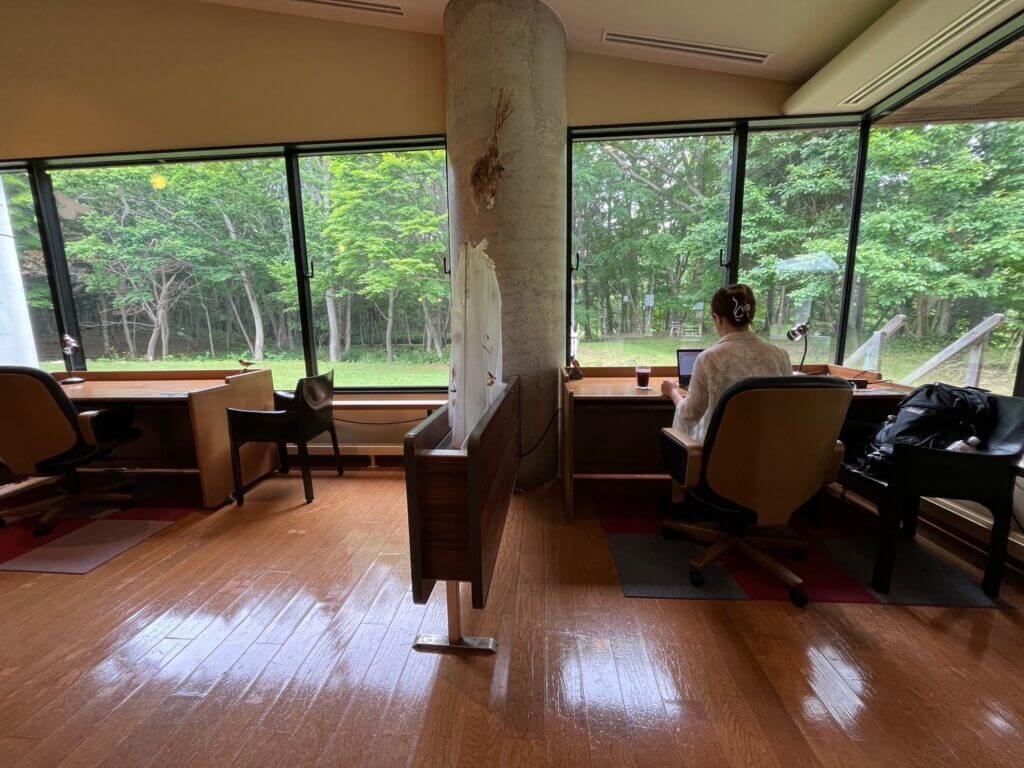
Onuma International Seminar House
A forest spreads out beyond the windows.
A seminar house equipped to host international conferences.
Hours: 8:30 a.m.–5:00 p.m.
Closed: Please confirm directly.
Drop-in: JPY 300 per day (includes one drink)
Access: About 3 minutes by car from JR Onuma Park Station (around 30 minutes on foot).
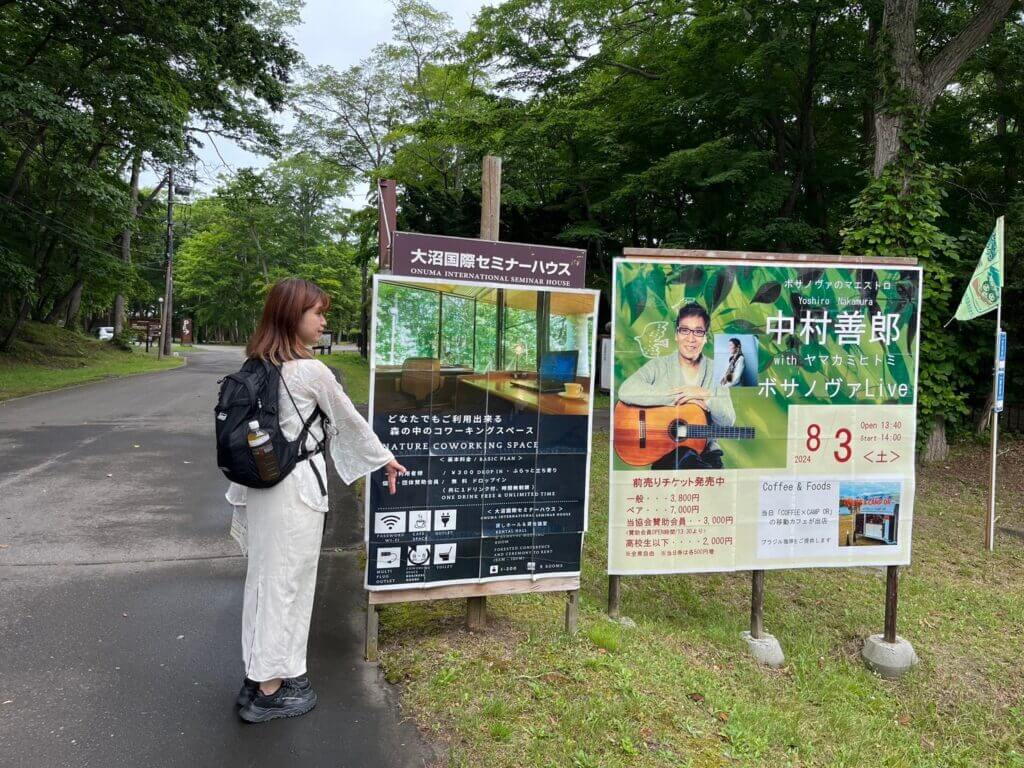

Onuma Park Station is about an hour by JR from Hakodate (around 30 minutes by limited express). In Nanae Town’s Onuma Quasi-National Park you’ll find Onuma and Mt. Komagatake—perfect for a day-trip workation from Hakodate. While eateries and activity bases cluster near the station, the Seminar House sits a bit away; even in August, a 30-minute stroll there didn’t feel hot. The facility is a convention center capable of hosting international conferences; just inside the entrance on the right is a spacious coworking area. At JPY 300 per day with one drink, it’s a remarkable deal—practically free, considering the beverage. (Until 2022 it was reportedly free.) Private rooms are also available for an additional fee by arrangement.
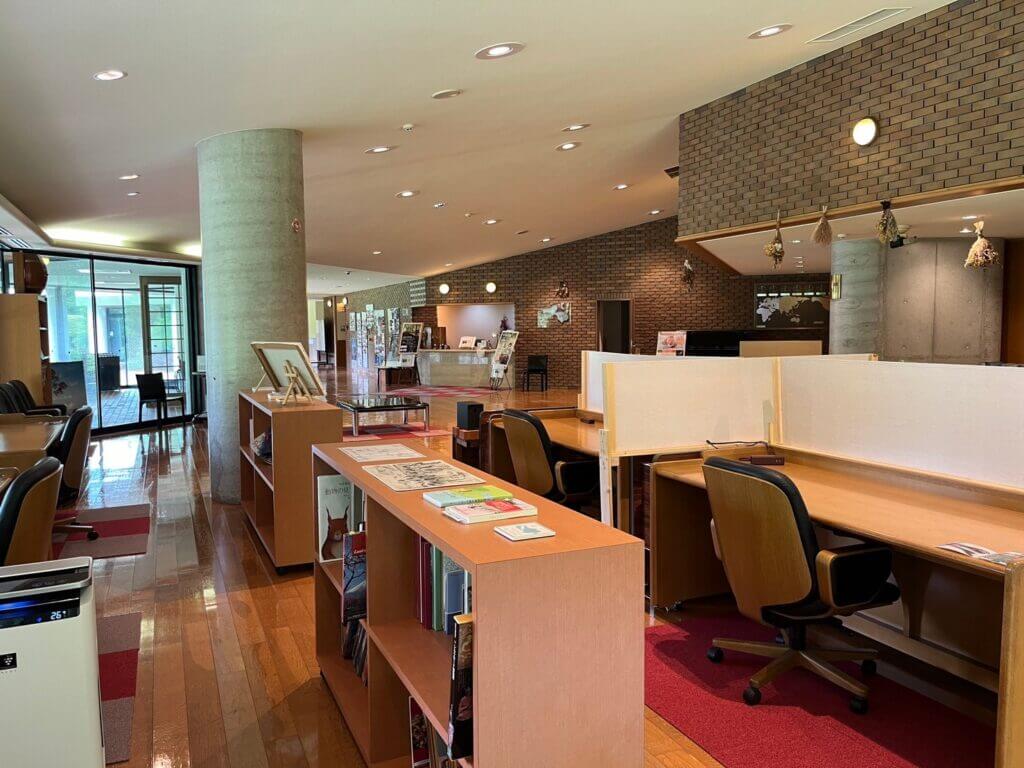
Takeaway: The workspace feels like a hotel lounge, with forest views outside—luxurious for anyone coming from a big city. The staff were wonderfully kind; I found myself wishing I could work here every day in summer.
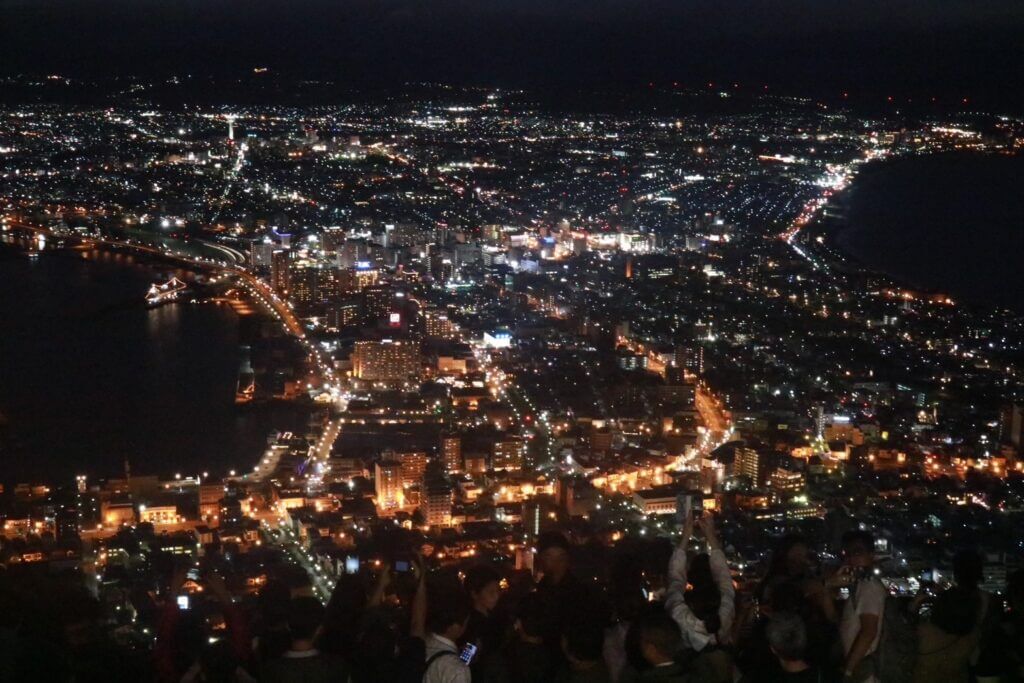
We also had our eye on spots like Hakodate Mirai-kan, MIRAI BASE, and the Hakodate City Seaside Research Institute but couldn’t visit due to time; we hope to cover them next time.
Beyond coworking spaces, cafés, parks, and your hotel or ryokan can all serve as places to work. With Hakodate’s wide skies and beautiful scenery, wandering the city while scouting for good work spots becomes part of the fun.
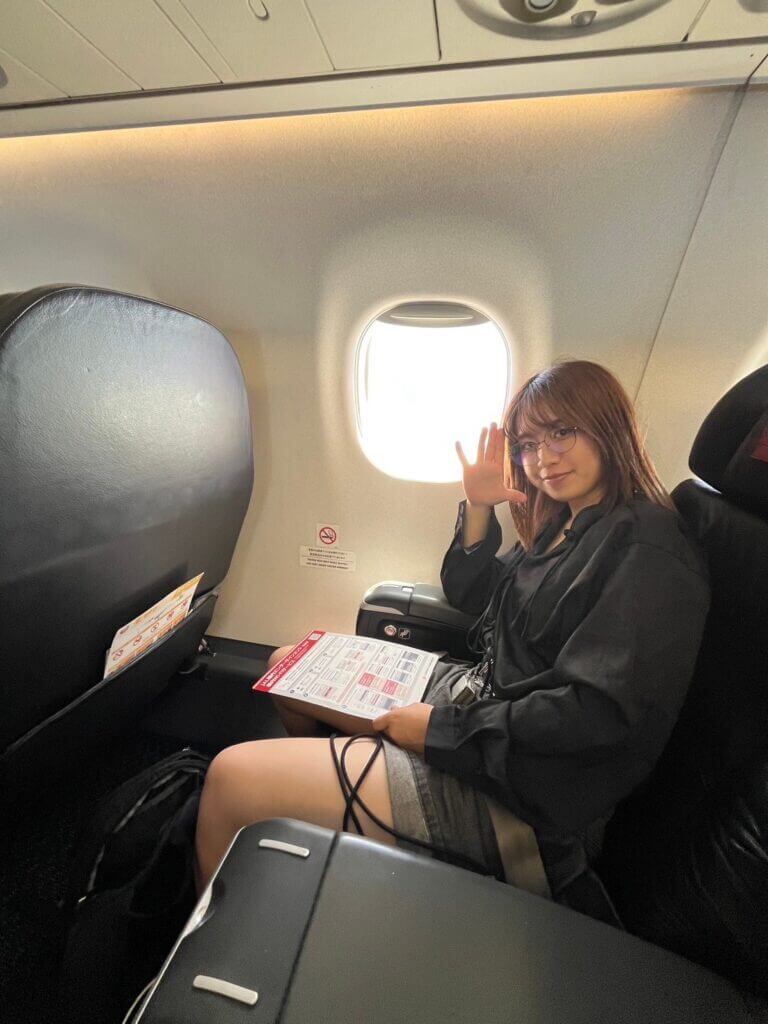
Getting to Hakodate from Across Japan: 1 hour 40 minutes by Air from Kansai
Below is a practical snapshot of access options. Times are typical schedules and may vary.
From Tokyo
By air: about 1 hour 20 minutes.
By Shinkansen: about 4 hours.
Onward access: about 20 minutes from Hakodate Airport to Hakodate Station; 17 minutes from Shin-Hakodate-Hokuto Station to Hakodate Station via the Hakodate Liner.
Note: The Hokkaido Shinkansen is generally less affected by weather than flights, offering stable operations.
From Osaka (Kansai)
Despite appearances, access can be easy by air: about 1 hour 40 minutes from Osaka International Airport (Itami). Direct airport buses run to Itami from Osaka and Kyoto. Depart home in the morning and you can arrive in Hakodate the same morning.
LCC option: Kansai International Airport → New Chitose Airport, then about 4 hours by limited express to Hakodate—this can consume most of a day. Depending on budget and schedule, the Itami → Hakodate route is recommended.
Traveler’s note: On this trip we flew JAL and upgraded to Class J; with wider seats, roughly 18 cm more pitch, and a legrest, comfort was markedly higher for a JPY 1,000 surcharge.
From Nagoya
By air (Chubu Centrair International Airport): about 1 hour 30 minutes on ANA or AIR DO.
From Sapporo
By air: about 30 minutes from New Chitose Airport; about 30 minutes from Okadama Airport.
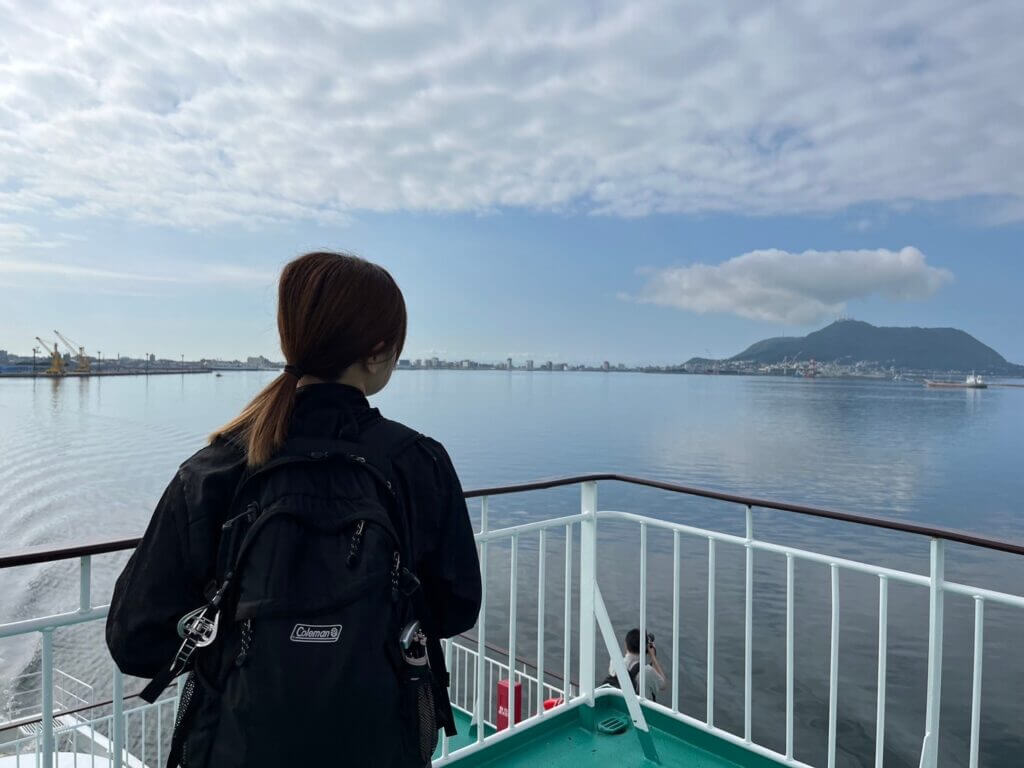
From Aomori
By ferry: about 3 hours 40 minutes on the Tsugaru Kaikyo Ferry; about 4 hours on the Seikan Ferry. If you have a vehicle, the ferry route is the practical choice.
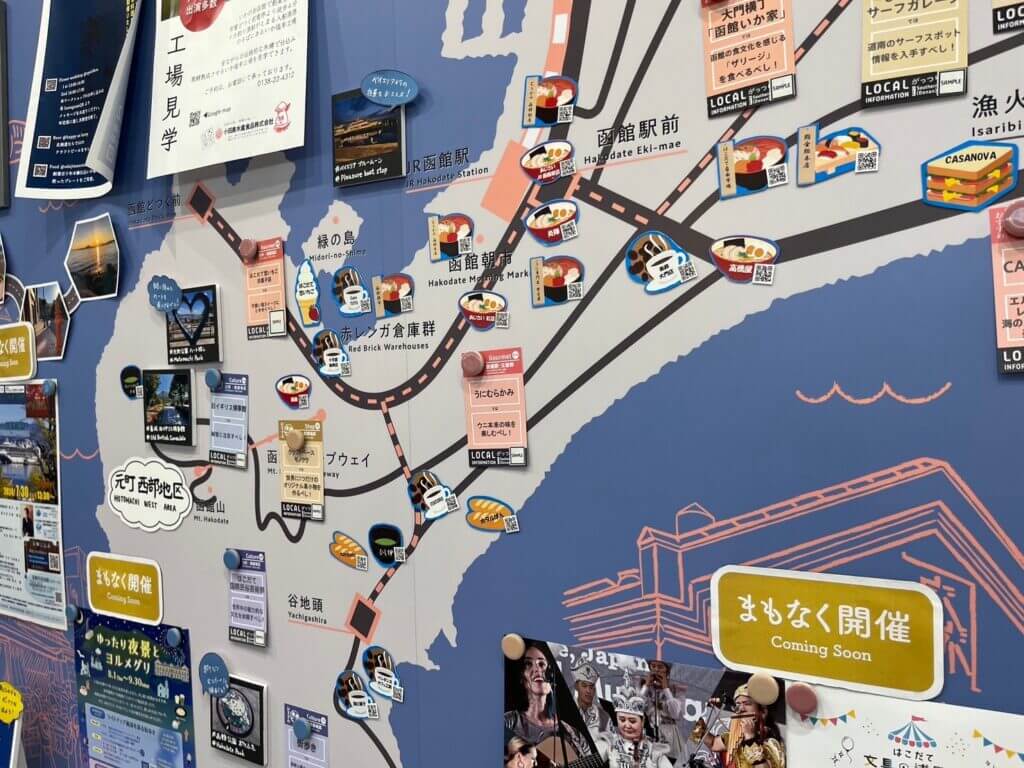
Recommended Workation Plans
Short Stay (2–3 Days): A Quick Reset in a New Environment
Because sightseeing highlights, work spots, and hotels are clustered compactly, you can focus and get meaningful work done even on a short trip. If you’re traveling solo, it’s easy to choose locations freely and settle into a rhythm that suits you.
About One Week to 10 Days: Training Camps and Off-Site Meetings
This duration works well for workshops, team retreats, or off-site meetings that require several days. On off-days, head to the suburbs or unwind in hot springs to make the most of your time. If you work in creative fields, Hakodate’s many galleries and shops can provide fresh inspiration.
Longer Stay (Around One Month): A Summer Workation Without Air Conditioning
With its pleasantly cool summer climate, Hakodate is well suited to a workation that doubles as a retreat from the heat. A longer stay can also open doors to contributing to the local community or advancing business with local companies. If you’re considering a trial period for a satellite office or regional base, it’s worth consulting Hakodate City.
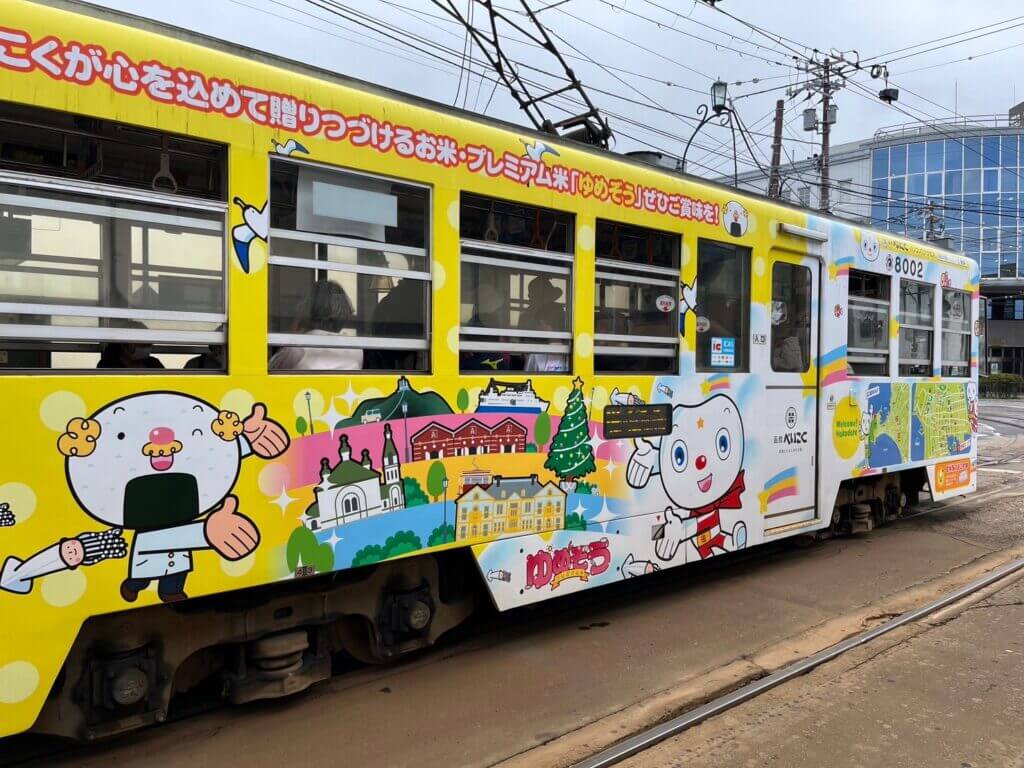
Hakodate Works for First-Time and Veteran Workations Alike—For Individuals and Teams
Hakodate combines historic, cosmopolitan streetscapes with seasonal natural beauty and a rich food culture. Summers are pleasant and the climate is mild year-round. As the largest city in the southern Hokkaido region, it offers easy, car-free access to conveniences like convenience stores, supermarkets, cafés, restaurants, and izakaya. Far from the crush of packed trains, traffic snarls, or hours-long queues common to big cities, Hakodate feels refreshingly comfortable.
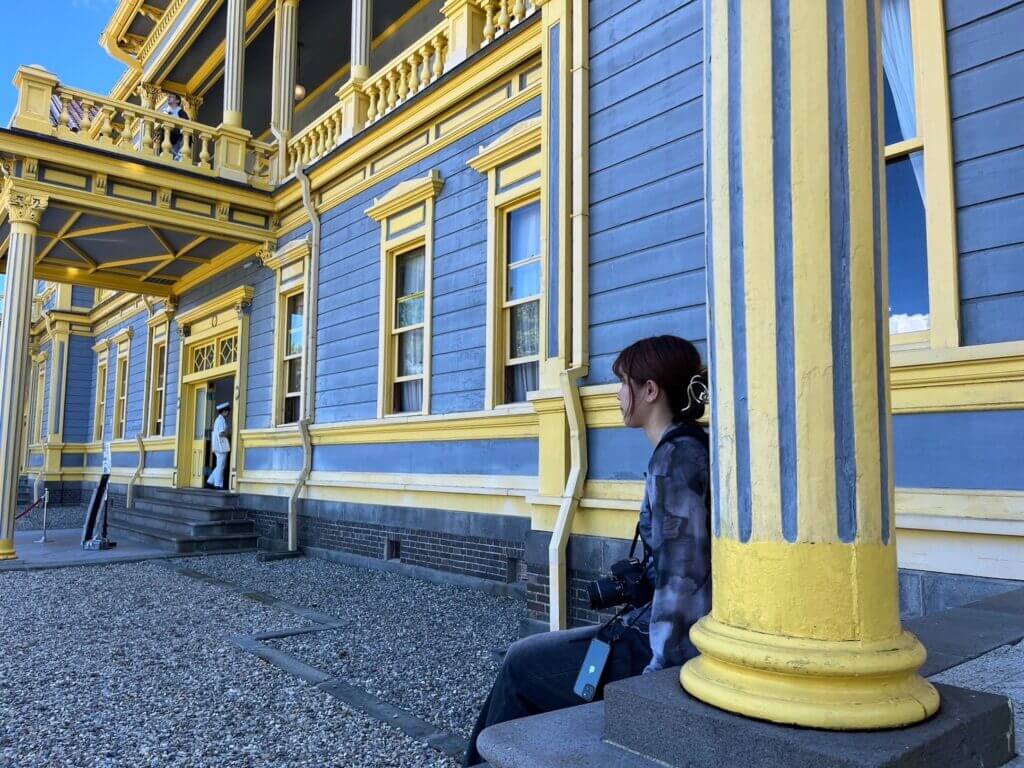
As a workation base, the environment is excellent. Numerous coworking and workspaces are available, and the range of hotels and other lodging options supports everything from short to long stays. It’s also easy to refresh in nature or at well-known sights between tasks.
If you’re new to workations, a short stay will quickly show the benefits. For seasoned practitioners, Hakodate has the depth to meet sophisticated needs. It suits both solo workers and multi-person teams. This was my sixth visit to Hakodate, but my first time staying more than a week. I discovered sides of the city I hadn’t known and found new appeal. A hotel general manager I greeted during the stay—originally from Osaka—told me, “It’s my fifth year here, and I’ve become a Hakodate fan.”
After more than a decade of workations, I believe one of their great rewards is building a personal map of places that feel like home when you return. As someone already devoted to Hakodate, I’d be delighted if those who visit next become fans as well.
-
[Report] APEC 2025 Will Be Staged in Korea’s Ancient Capital, Gyeongju — An Easy Day Trip About 30 Minutes by KTX from Busan; What Kind of Place Is Gyeongju, and Why It’s Worth a Visit...
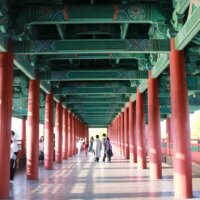
-
KOREA MICE EXPO (KME), Celebrating 25 Years: One of Asia’s Largest MICE-Dedicated Trade Shows to Move to Seoul in 2025


